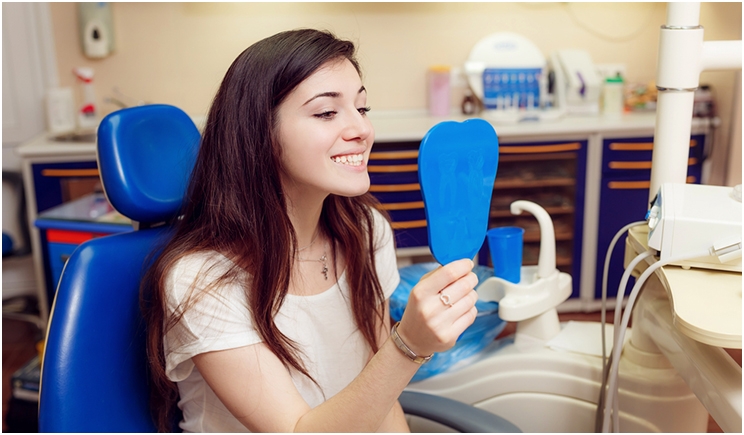
Life is full of transitions, from birth to school to a family and a career, followed by retirement. I’ve seen all of these chapters in my own life. But dentists also need to know how to help the families they treat make the change from the pediatric world to general dentistry as seamlessly as possible.
In many ways, the situation resembles the pediatrician-child relationship. The triggers for the change are multifactorial. Simply reaching a certain age isn’t the determining factor. For example, a girl’s first visit to an obstetrician-gynecologist may be a signal that she has outgrown the youthful atmosphere of the pediatrics office she enjoyed when she was younger.
In dentistry, the separation may be keyed by the completion of orthodontic treatment, the extraction of third molars, or graduating high school. Many children often are reluctant to leave the comfort level they may have with the dentist who has treated them since they were babies, and they might not leave, as long as all parties are satisfied and treatment isn’t compromised. Personally, I would refer an 18-year-old who needed a permanent crown to an adult dentist who would then assume responsibility for the child’s dental well being from that point forward.
In the case of children with special needs and their parents, leaving the nurturing atmosphere of a pediatric dental office may introduce unnecessary trauma into their lives, so they may choose to maintain the relationship with the practice they consider their dental home. Our practice accommodates these patients into middle age and beyond.
Managing the Transition
The young adult years represent a gap in regular medical and dental care for many individuals regardless of their economic status. When you’re a dependent child, your parents take care of all of your basic needs: doctor appointments, bills, medications, things you have to do, and places you’re supposed to be. Then you’re on your own, responsible for your own eating habits, your own schedule, and your own relationships with physicians, dentists, the bank, insurance companies, and other institutions.
Young adults don’t always understand that with their new independence comes responsibility for those little things like making an appointment with the dentist. As a result, many people in their twenties go through a period of benign neglect and then begin to have dental difficulties (and other medical problems) in their thirties. By properly guiding them during this transition, you can help prevent the dropoff in proper dental care that leads to unnecessary caries, periodontal disease, and other issues.
Managing the Transition
Once the parents, the child, and the dentist have determined that it’s time to “graduate,” they should use the following checklist to continue on the path of good dental health with another provider:
- Whenever possible, make certain you have completed any unfinished restorations or treatment you have started. Don’t leave the mouth in a state of limbo where the patient has to rush to another dentist.
- If the family doesn’t already have a family dentist, provide the names of colleagues whose abilities and demeanor you respect. If the young person will be going to college far away from home, do some research and recommend a doctor in that area. In special cases, I have at times called doctors to introduce the patient and make their meeting more personal.
- If you have been accumulating and maintaining thorough medical records including photos, radiographs, and comments, make them available to the new doctor.
- Make clear to the parents and the young patient that although you are relinquishing the hands-on responsibility for their dental care, you value the continuation of your personal relationship, which includes welcoming any calls with news about their lives or problems they encounter where you might be helpful.
Dr. Berman is an internationally recognized pediatric dentist with a career as a successful practitioner and as a popular world-class lecturer spanning more than 5 decades. He has been an ambassador for dentistry as a health reporter on CBS (News Radio 78) and via media appearances as a consumer advisor for the ADA, the Chicago Dental Society, and the Academy of Pediatric Dentistry and as co-author of Essentials of Modern Dental Practice. He has published numerous articles and is a member of many professional and service organizations including honorary membership in the Hinman Dental Society. He can be reached at marvy18@me.com.
Related Articles
What to Tell Your Patients About Tooth Eruption
Operative Dentistry for the Primary Dentition: An Overview
What to Say to Parents About Their Children’s Diet and Nutrition











